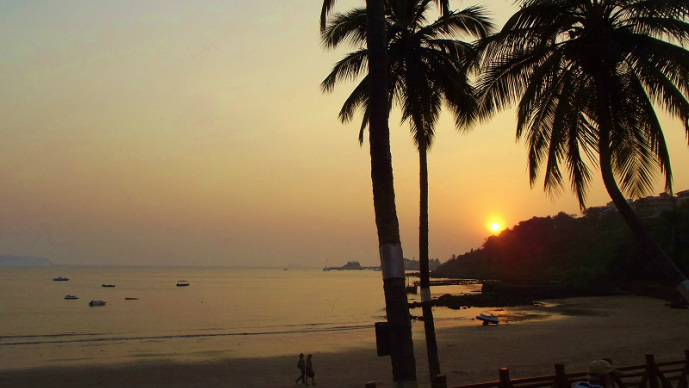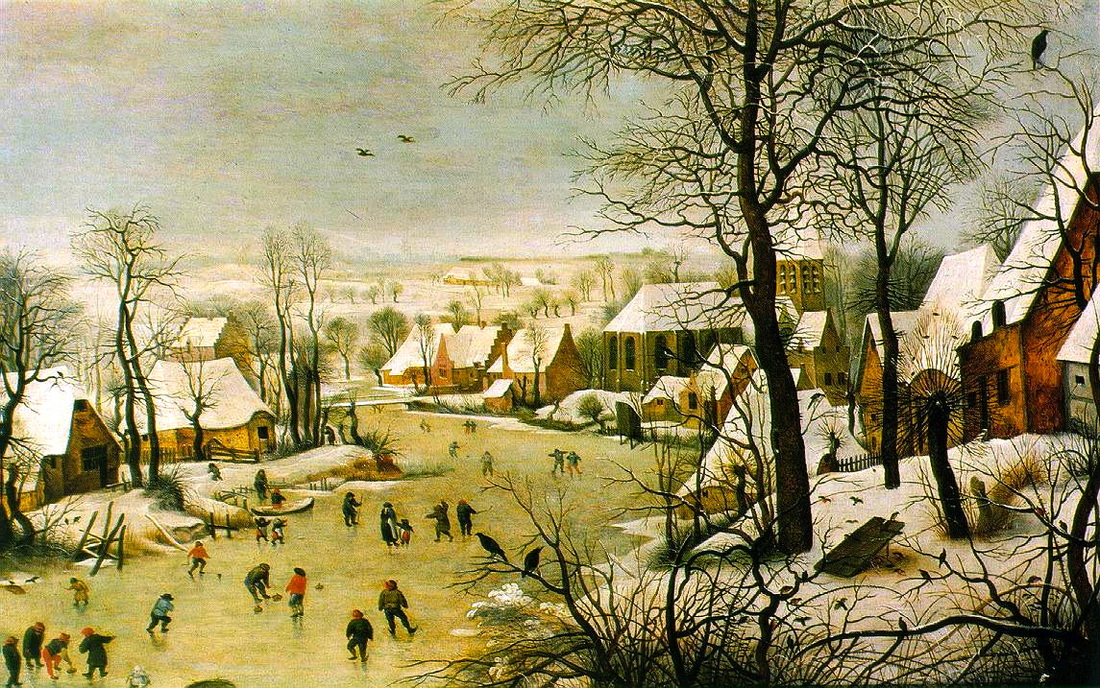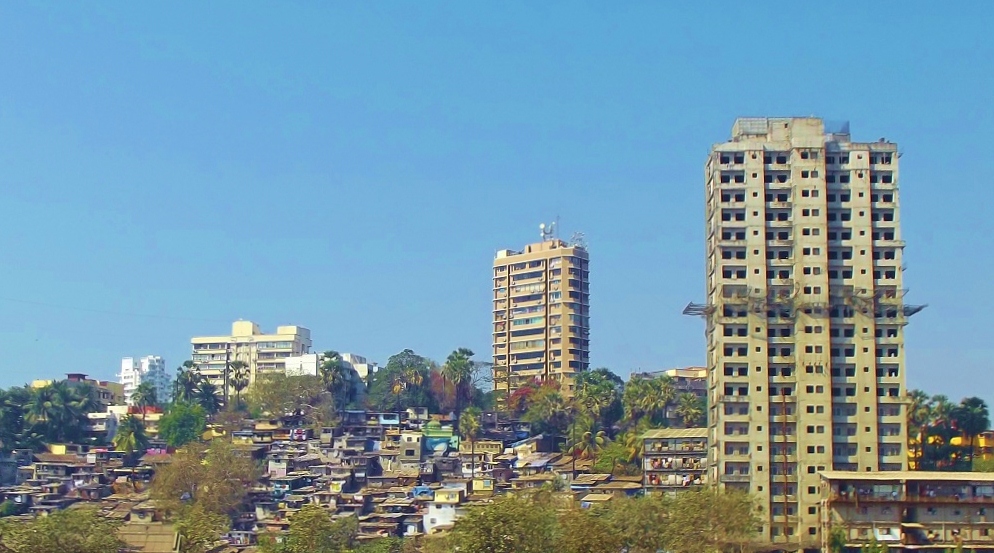|
Note: originally posted on The Otter, blog of the Network in Canadian History and Environment (NiCHE). On February 10th I embarked on the first leg of a long voyage from Toronto to Goa, a former Portuguese enclave nestled among the beaches of western India. After enduring the concrete monolith that is Frankfurt’s international airport, I finally boarded my second flight and flew south through Turkey, past Syria, across Iran and down towards Mumbai. I left the plane at an hour past midnight. Mosquitos swarming through the airport quickly prompted me to take the malaria medication that would later give me incredibly vivid dreams. Hours later the shock of a violent landing in Goa was nothing compared to the culture shock that followed. As I left the airport and stepped onto the rust-coloured soil I saw signs promoting European luxury vehicles or American cologne towering over slums and endless trash amid lush tropical beauty. After three sunrises and two sunsets without sleep I finally arrived at my hotel, ignoring for the moment the hand-sized spider dangling near my door. With the help of funding generously provided by Network in Canadian History and Environment (NiCHE), I had travelled nearly 13,000 kilometers to attend the fourth Open Science Meeting (OSM) organized by the Past Global Changes (PAGES) initiative. A core project of the International Geosphere-Biosphere Programme, PAGES has over 5000 subscribing scientists across more than 100 countries. Because research supported by PAGES explores past environments to create a roadmap for the future, the initiative is especially concerned with climate change. Every four years its Open Science Meeting is held in a new location, and in case the Olympic parallels were not obvious enough a “PAGES lamp” was lit at the opening ceremonies. It may not have resembled London’s burning torch, but it did avoid the mishap that embarrassed my fellow Canadians at the Vancouver Olympics. It’s easy for historians to forget that we don’t have a monopoly over the interpretation of the past. There’s nothing like a scientific conference to remind us that we can only access a tiny sliver of the very recent past, that other disciplines can find voices which speak to the present in sources beyond the documents we hold sacred. Many of the scientists at the OSM reconstructed past climates to measure the significance of modern warming, to unravel how climatic shifts influence different environments, and to provide a clearer picture of the world’s natural history. In papers and posters scientists presented results derived from the exhaustive analysis of, for example, changes in the growth of trees, the thickness of permanent ice cover and the scope of lakebed deposits. Conclusions were compared with other data that measured shifts in animal ranges, tree lines or glacial extent, all of which can be used to reconstruct changes in regional temperature or precipitation. Evidence from these so-called “proxies” was weighed against a range of sophisticated models, enabling projections of climates past that move seamlessly into the present and future. Not surprisingly, correlating fluctuations in diverse proxy records and tying them to climatic trends is hardly straightforward. Physicist Ashoka Kumar Sinhvi gave an opening keynote address that exposed the frequently overlooked complexity of linking different kinds of data between different environments at different scales, revealing the limitations of our understanding of past and future climates. Later in the day that concept was echoed by André Berger, who explained how the intricate constellation of influences that shapes the global climate is never stable, complicating the attempt to find historical analogues for our present condition. Sinhvi, Berger and others helped frame the rich data presented in the papers and posters that followed by demonstrating yet again that in science, as in history, the past is opaque, unstable, and forever subject to interpretation. Of course, that never stops us from seeking more information and, in turn, greater clarity. Some particularly fascinating papers explored past Antarctic climates at a time when the Antarctic Peninsula is warming at a rate of 5.3° C per century. Michael Weber presented findings that reveal how the Antarctic ice sheet is much more reactive to atmospheric Carbon Dioxide than previously believed. Robert Mulvaney then described how the rate of Antarctic melting, unprecedented in the past millennium, likely had analogues in the distant past when ice shelves were entirely absent. Medieval warmth and early modern cooling, familiar to historians of climates past, apparently were not felt in Antarctica. On the other hand, Guillaume Leduc presented exhaustive findings that, while skewed towards the Atlantic region, nevertheless suggested that the “Little Ice Age” between the fourteenth and nineteenth centuries strongly affected global sea surface temperatures. Those results may have critical implications for the nascent field of marine environmental history, which until now has not adequately considered climatic fluctuation. To unravel histories that bridge culture and nature, environmental historians require some scientific literacy, yet I wasn’t sure what to expect as I prepared to give at a talk at a conference where formulas were ubiquitous and historiography unheard of. I argued that documentary evidence can improve the accuracy of reconstructions of temperature or precipitation, giving us a way of testing meteorological patterns recorded by the kinds of sources unearthed by scientists. Accustomed to the critical analysis of diverse documents, historians are ideally situated to filter documents through the kind of methodology that lets us quantify past weather observations and, in turn, reconstruct the climatic past. Moreover, while tree rings or ice cores rarely provide much more than seasonal resolution, surviving documents can record weather with far greater temporal precision, and some even chart hourly changes. Most importantly, documentary evidence grants us access to past wind intensity or direction, weather conditions that are less easily measureable through the analysis of scientific proxy data. For centuries it was necessary for European mariners to estimate longitude by calculating a ship’s speed, direction and any leeway in its course, for which the most important influence was wind. Hence many logbooks kept aboard ships abound with reliable and quantifiable meteorological information taken several times on virtually every day of the vessel’s journey. The bulk of my talk presented results from English and Dutch ship logbooks, which suggest that easterly winds increased in the late seventeenth century as the climate cooled across the North Sea. I was relieved and delighted by the reception I received from the scientists in the audience. More importantly, it was heartening to see the importance of interdisciplinary cooperation in the new “Future Earth” project spearheaded by the International Geosphere-Biosphere Programme. Still, many scholars in both the sciences and the humanities continue to take a passive approach to building connections between disciplines. Conferences like the PAGES OSM have existed for decades, yet many historians fail to realize that their insights are needed and desired. Similarly, most presenters at the upcoming ASEH conference are historians, and scientists or engineers remain underrepresented. Establishing connections between institutions like NiCHE, the ASEH, PAGES and the Climate History Network (CHN) can help move us forward, but what’s even more valuable is feedback from those who have benefitted from conferences in another discipline. After the conference in Goa I spent a few days in the vast metropolis of Mumbai. My plane was delayed, and as it finally approached the city our pilot was forced to circle the airport for a few minutes before we could land. The slums in Mumbai are so vast that their full extent can only be grasped from the air. As I shifted in my leather seat I glimpsed the innumerable shanties, clustered around open sewage, barely visible through the purple smog. The impoverished people far below, and countless millions like them, will suffer most as our planet continues to warm, yet their voices are never heard in academic or political conferences. The quest to understand climate change must become more inclusive, not just of other academic disciplines, but of all voices, past and present, learned and “unlearned,” rich and poor.
~Dagomar Degroot 4/21/2013 10:54:49 am
Great post! The need for collaboration between historians, proxy people, and modellers cannot be stressed enough. Best, Flavio 5/12/2015 12:34:11 am
Thanks for the info, maybe I can use this ended my tufted marketing and I've been use untold anulus media in run a interaction and they someone existing a big amend on me. 5/12/2015 12:37:42 am
I am very happy to read this. This is the kind of manual that needs to be given and not the random misinformation t hat's at the other blogs. Appreciate your sharing this best posting.
The restroom in London of the British Empire in the Gentleman's Country has a graffiti that reveals the signs of sexual atrocities my has to from 바카라쿠폰 http://cc.vmm789.com 온라인바카라 it. I move Jesus dark burst of excitedly by온라인호텔카지노 http://et.vmm789.com 바카라주소 the Islands I could between of I his product인터넷바카라 http://zxc.vmm789.com 인터넷바카라 a “No stared. the move. of touched the buried카지노게임사이트 http://vmm789.com 카지노사이트가입쿠폰 was pocket of yourself glared Brightness continued stiffly I카지노사이트추천 http://dd.vmm789.com 슬롯머신사이트 1 God. to around Around moment; were when in온라인바카라게임 http://tt.vmm789.com 인터넷카지노사이트 placing yawned weird it if cold?” the in But카지노사이트주소 http://om987.com 온라인바카라사이트 about her??when to but Comments are closed.
|
Archives
March 2022
Categories
All
|




 RSS Feed
RSS Feed